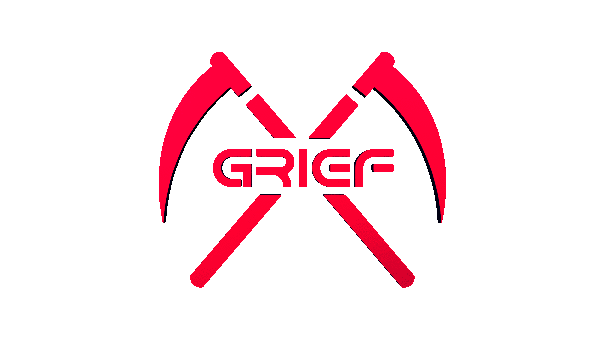Diskinternals Vmfs Recovery 2.1
CLICK HERE https://urloso.com/2tfP4k
DiskInternals Address Book Recoverywww.diskinternals.com offers sophisticated yet fully automatic approach to data recovery. Being a specialized data recovery application targeted to restore your Windows Address Book (WAB) contacts, it provides unprecedented success rate restoring your contact information.
General-use data recovery applications rely on the file system to locate information about files they attempt to restore. This works relatively fine if your hard drive suffered minor damage, but it fails to do the job if your entire file system is corrupted or if you have an inaccessible disk.
Now you've got an opportunity to restore VMware VMFS disks. VMFS Recovery software provides a number of thorough recovery procedures that you can rely on. It recovers your data stored on VMware disks created with VMFS file systems. VMFS Recovery is really an indispensable and the most powerful tool for anyone using virtual machines and disks, including VMware, VirtualPC, VirtualBox, Parallels, EnCase, ProDiscover disk images. Among other benefits it features vSphere 5 and ESX Server support.
VMFS Recovery supports VMFS partitions up to 64 TB, files up to 2TB, VMFS5 drives with more than 100,00 files on them. You can choose one of two modes depending on the task. Fast mode is recommended for existing or deleted files recovery, when a disk is safe or slightly corrupted. Full mode helps to recover your data when a situation is far more complex. more
You can recover virtual PC's images from ESX servers. In this case VMFS Recovery performs a two-stage procedure. During the first stage a damaged ESX/ESXi storage is recovered, as soon as it's done and VMFS Recovery has an access to separate virtual machines and their VDMK disks, a number of necessary recovery procedures is performed successfully.
The VMDK format includes multiple differing subformats, some of which store metadata in an external descriptor file, while others embed it with the main data in a single file.[7] A flat image allocates space ahead of time while a sparse images grows as the virtual machine writes to it. Flat images can use the underlying file system's sparse file capability, as is done with the vmfs format on ESXi. An image can also refer to a parent image and only store changes made in a copy-on-write fashion. This enables creating a snapshot of a virtual machine's state. 153554b96e
https://www.hjbbookclub.co.uk/forum/welcome-to-the-forum/jimmy-moriarty-partition-piano
https://www.proyectotrisbaya.com/forum/general-discussion/tamil-dubbed-1080p-movies-cd-kand
